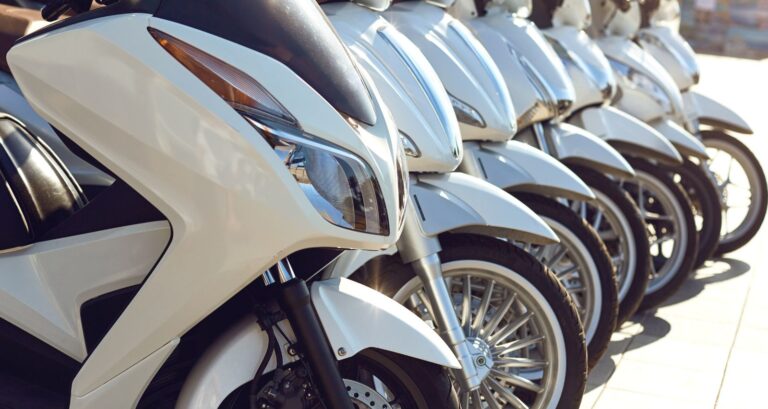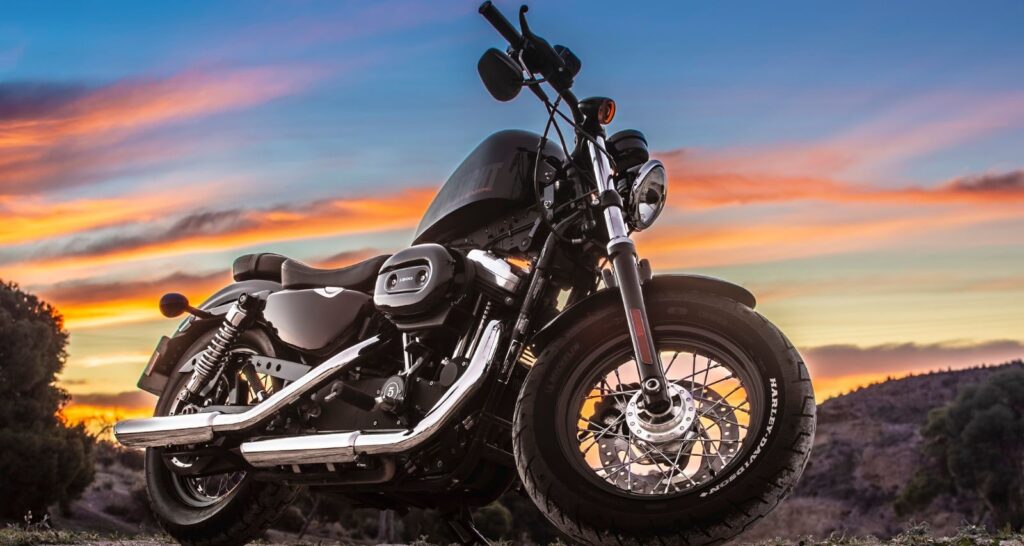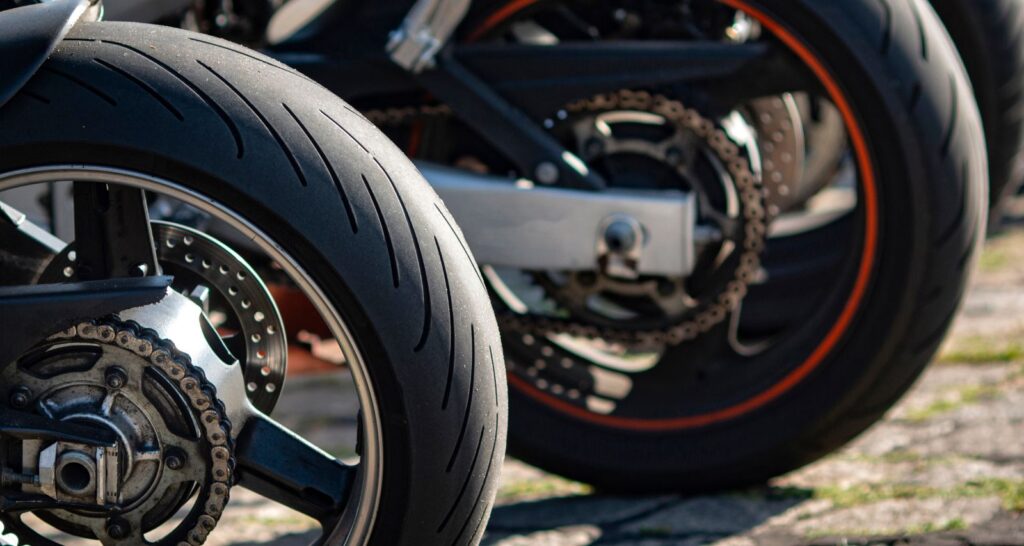Shipping a motorcycle, whether locally or internationally, involves navigating a maze of regulations, paperwork, and logistical challenges. At AA Motorcycle Shipping, we understand how overwhelming this process can be, and that’s why we’re here to guide you through every step. We’ll cover the essential dos and don’ts of motorcycle shipping regulations, ensuring a smooth and stress-free experience.
Whether you’re relocating, selling your bike to a distant buyer, or planning a cross-country adventure, understanding the shipping regulations can make the difference between a hassle-free process and costly mistakes. Let’s dive into everything you need to know about motorcycle shipping regulations, from customs requirements to packing guidelines.
Why Understanding Motorcycle Shipping Regulations Matters
Motorcycle shipping isn’t as simple as loading the bike onto a truck or ship. It requires knowledge of the specific laws and regulations that govern the transportation of vehicles, especially when crossing state or international borders. Failing to adhere to these regulations can lead to delays, penalties, or even damage to your beloved bike.
Different countries, states, and shipping companies may have their own sets of rules, so it’s critical to understand the regulations before you start the shipping process. Compliance ensures not only the safe delivery of your motorcycle but also peace of mind knowing that you’re following legal protocols.
Dos and Don’ts of Motorcycle Shipping Regulations
DO: Research the Specific Regulations of the Destination
Before shipping your motorcycle, thoroughly research the destination’s import and transportation regulations. International shipments, in particular, often require compliance with customs, emissions, and safety standards. Some countries may require special certifications, such as proof that the bike meets local environmental or noise regulations.
Example Regulations to Consider:
- Customs Duties and Taxes: Many countries impose import taxes on vehicles, including motorcycles. It’s essential to know if and how much you’ll be taxed upon arrival.
- Environmental Standards: European countries, for example, often have strict emissions regulations for motorcycles. Ensure your bike meets these requirements before shipment.
- Vehicle Registration Requirements: Some destinations might require temporary or permanent registration upon arrival, which may involve additional paperwork.
DON’T: Forget to Check Local State or Regional Laws
When shipping within the USA, it’s easy to overlook regional or state-specific regulations. However, some states have distinct rules regarding vehicle inspections, emissions, and safety that could affect how your motorcycle is shipped or used upon arrival. For example, California has some of the strictest emissions standards, which could impact bikes that aren’t CARB (California Air Resources Board) compliant.
State-Specific Considerations:
- Emissions Compliance: Make sure your motorcycle complies with the destination state’s environmental laws.
- Local Licensing Laws: Some states require specific licensing to operate certain types of motorcycles.
- Registration Deadlines: Know the timelines for registering a shipped motorcycle in the new state to avoid penalties.
DO: Prepare All Required Documentation
Shipping a motorcycle, especially internationally, often requires a long list of paperwork. This can include proof of ownership, insurance documents, emissions certifications, and customs declarations. Make sure you have all required documents in order before the shipping date to avoid any delays.
Important Documents to Prepare:
- Title and Registration: Proof of ownership is critical for both domestic and international shipping.
- Bill of Sale: If the motorcycle is recently purchased, having a bill of sale is important for customs purposes.
- Shipping Contract: This outlines the agreement between you and the shipping company, including liability and insurance coverage.
- Customs Documentation (For International Shipping): Depending on the destination, you’ll need to fill out customs forms and declarations. Ensure that these are accurate and complete to avoid any issues at the border.
DON’T: Assume Your Insurance Covers Everything
Many motorcycle owners assume their standard insurance policy will cover their bike during transport, but that’s not always the case. Shipping companies may offer insurance, but it’s crucial to review the coverage in detail to ensure that your motorcycle is protected against all risks, including damage during loading, transit, or unloading.
Tips for Handling Insurance:
- Verify Existing Coverage: Contact your insurance provider to determine if your current policy includes shipping coverage.
- Ask the Shipping Company About Their Policy: Ensure the shipping company provides sufficient insurance for your motorcycle. Ask for details about what’s covered (e.g., theft, damage during transit).
- Consider Supplemental Insurance: If neither your policy nor the shipping company’s offers full coverage, you might need additional insurance for peace of mind.
DO: Choose the Right Shipping Method
Different shipping methods come with their own set of regulations and best practices. The most common methods for motorcycle shipping are enclosed transport, open-air transport, and container shipping (for international routes). The option you choose can impact cost, insurance requirements, and shipping time.
Shipping Methods to Consider:
- Enclosed Transport: Offers the most protection from weather and road debris. Ideal for valuable or vintage motorcycles.
- Open-Air Transport: A less expensive option but exposes your bike to the elements.
- Container Shipping (International): Typically used for overseas shipments. Make sure your motorcycle is properly crated and secured.
DON’T: Overlook Crating and Packing Requirements
If you’re shipping internationally or using a container, many companies and customs regulations require your motorcycle to be crated. Failing to properly pack and secure the bike can lead to damage or delays in transit.
Crating Tips:
- Use a Professional Crating Service: Many shipping companies, including AA Motorcycle Shipping, offer professional crating services to ensure the bike is packed securely.
- Drain Fluids: Most regulations require the draining of gasoline and other fluids before shipment to prevent leaks or fire hazards.
- Disconnect the Battery: To avoid any electrical issues during transport, disconnect the battery and securely pack it.
- Check for Proper Documentation on the Crate: Ensure the crate is clearly labeled with the destination address, shipping company details, and customs documentation.
Navigating International Motorcycle Shipping

Shipping your motorcycle across international borders presents unique challenges beyond standard domestic shipping. Let’s break down the most critical elements you’ll need to navigate when shipping internationally.
DO: Understand Customs Procedures
Customs regulations can be one of the most challenging aspects of international motorcycle shipping. Different countries have their own customs processes, so it’s essential to familiarize yourself with the requirements well in advance.
Key Customs Considerations:
- Tariffs and Duties: You may be required to pay customs duties when importing a motorcycle. These fees vary by country and are based on the value of the bike.
- Temporary Import Permits: If you’re only planning a temporary stay, some countries offer temporary import permits that allow you to use the motorcycle without full registration.
- Customs Brokers: In many cases, hiring a customs broker can simplify the process. They can assist with documentation, handling fees, and ensuring your motorcycle meets all requirements.
DON’T: Ignore Shipping Timeframes
International motorcycle shipping can take weeks, sometimes even months, depending on the destination. Always account for this in your plans, and make sure the shipping company provides an accurate estimate of the timeframe, including customs clearance.
Ensuring Compliance with Motorcycle Shipping Safety Standards
While understanding regulations is critical, ensuring your motorcycle is shipped safely is just as important. Shipping companies have protocols to safeguard motorcycles in transit, and knowing what to expect helps avoid accidents, damage, or delays.
DO: Inspect Your Motorcycle Before Shipping
A thorough pre-shipping inspection ensures that any pre-existing damage is documented. This not only protects you in case of an insurance claim but also ensures you’re aware of your bike’s condition before and after shipping.
Pre-Shipping Inspection Checklist:
- Photograph Your Motorcycle: Take detailed photos of the bike from multiple angles to document its condition before shipment.
- Check for Leaks: Inspect the motorcycle for oil or fluid leaks and get these fixed before shipping.
- Record Mileage: Note the current mileage to ensure the bike wasn’t used during transit.
DON’T: Skip the Post-Shipping Inspection
Once your motorcycle arrives, inspect it immediately. Look for any signs of damage or issues that may have occurred during transit. Compare your findings with the pre-shipping documentation to ensure nothing was overlooked.
Post-Shipping Inspection Checklist:
- Inspect for Scratches or Dents: Carefully inspect the body and undercarriage for any new damage.
- Check Fluid Levels: Verify that no fluids leaked or drained unexpectedly.
- Test Ride: Take a short test ride to ensure the motorcycle runs smoothly and no mechanical issues have arisen.
Partner with AA Motorcycle Shipping for a Seamless Experience
At AA Motorcycle Shipping, we pride ourselves on making the motorcycle shipping process as seamless as possible. We are well-versed in navigating the complex regulations and paperwork involved in both domestic and international motorcycle shipments. By working with us, you’ll have access to a team of experts who will guide you through every step, from crating and documentation to insurance and delivery.
Why Choose AA Motorcycle Shipping
- Decades of Expertise: We have years of experience in shipping motorcycles of all types and sizes.
- Custom Solutions: Whether you need enclosed transport, crating, or international shipping, we offer customizable solutions tailored to your needs.
- Insurance and Safety: We provide comprehensive insurance coverage and prioritize the safety of your motorcycle throughout the shipping process.
Conclusion
Shipping a motorcycle doesn’t have to be an overwhelming experience. By following the motorcycle shipping regulations guide and partnering with a trusted shipping company like AA Motorcycle Shipping, you can ensure your bike arrives safely and on time, no matter where in the world it’s going.
Understanding the specific laws, preparing your motorcycle properly, and choosing the right shipping method will save you time, money, and stress.
For competitive quotes and reliable motorcycle shipping services, reach out to AA Motorcycle Shipping today.




